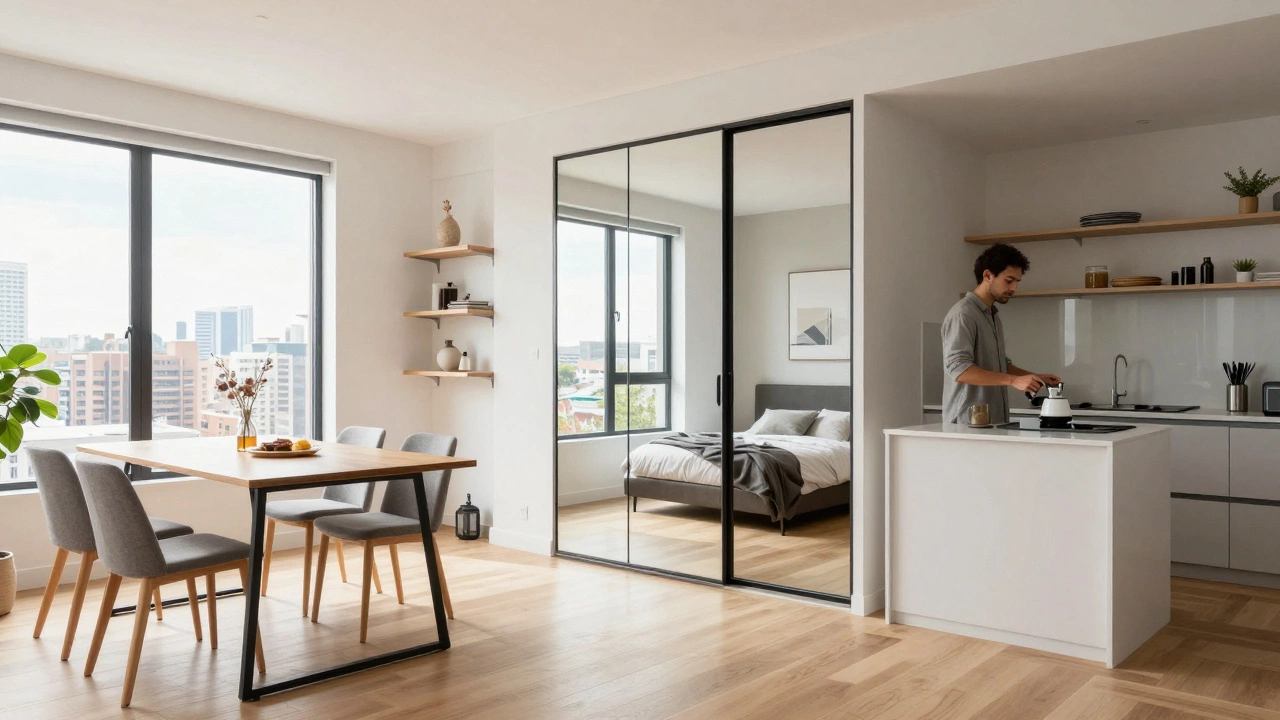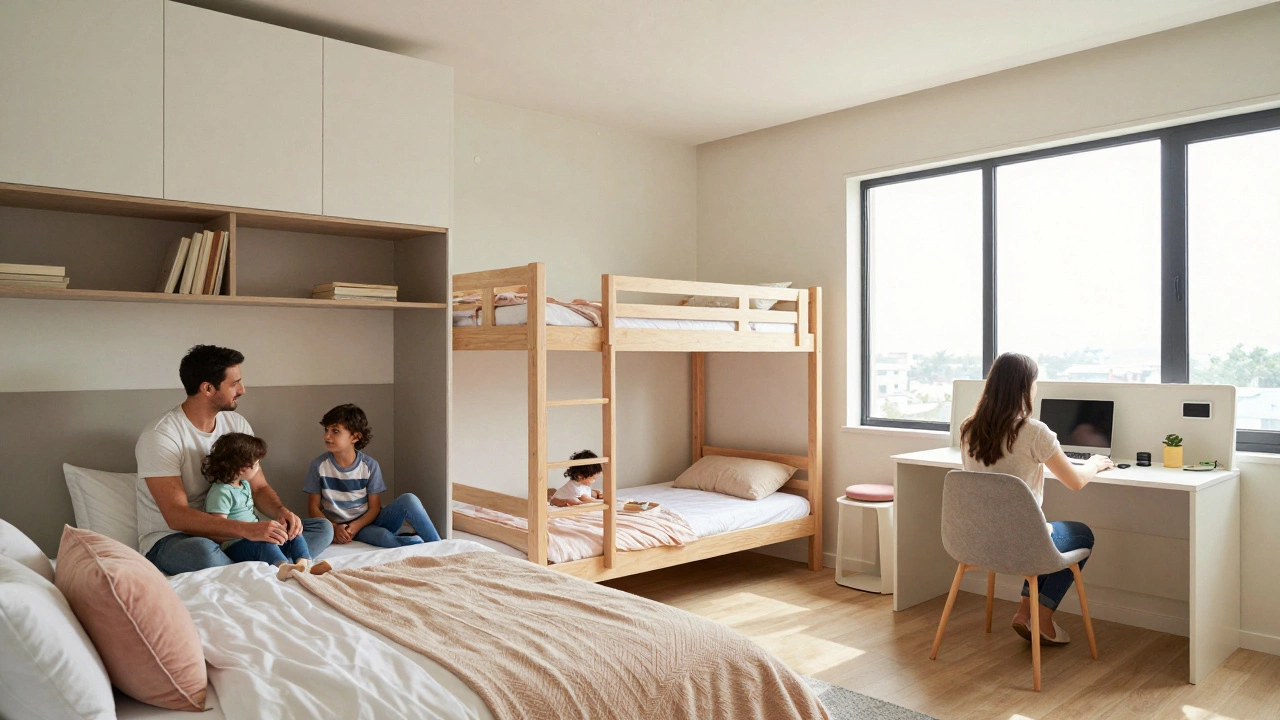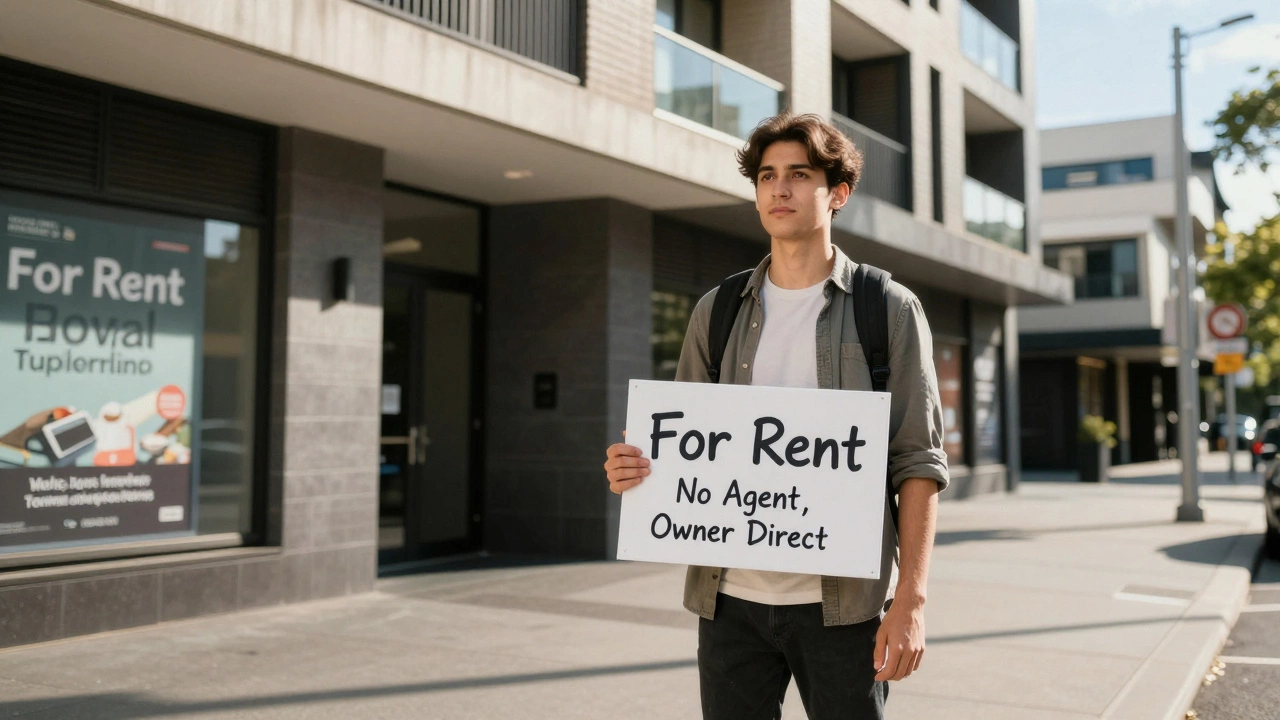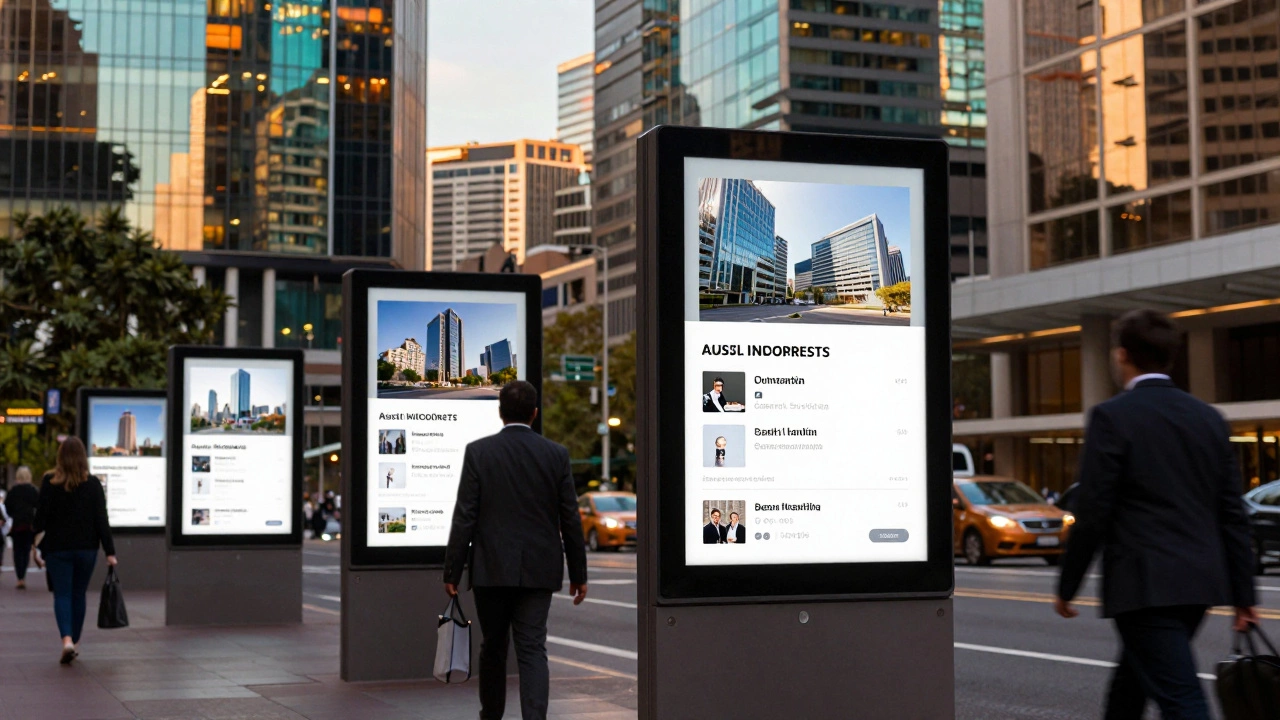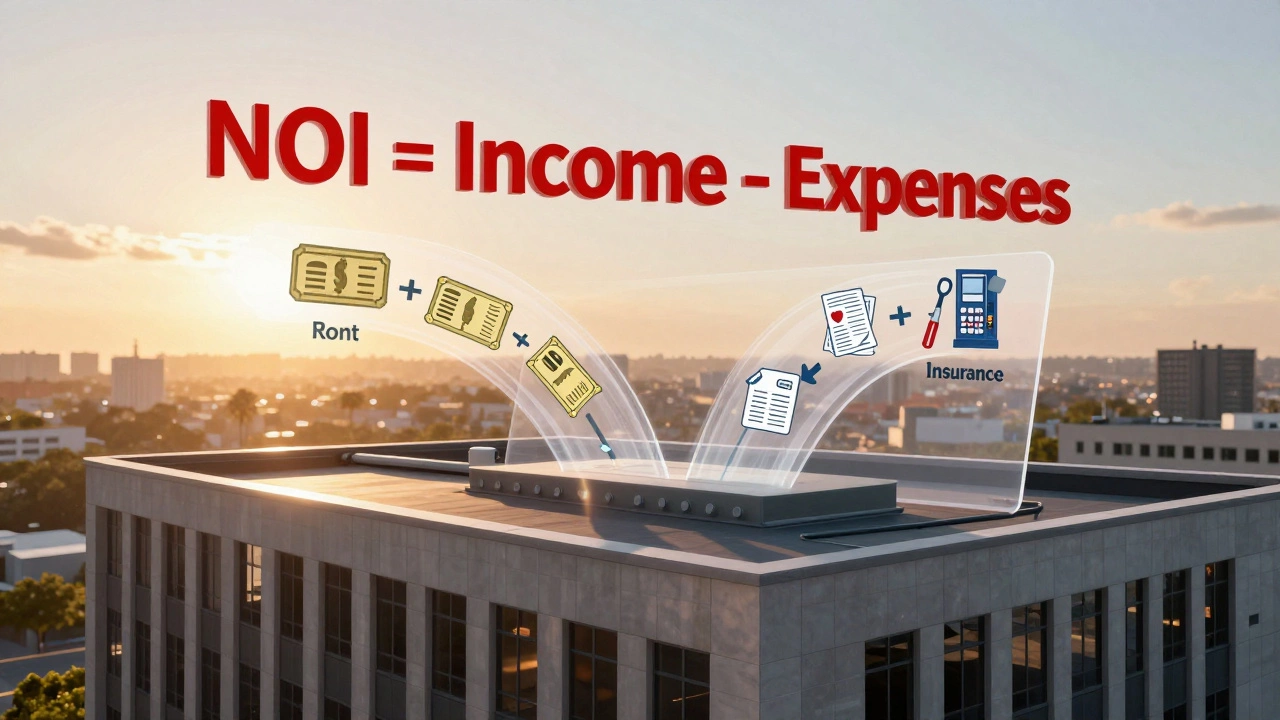If your rent eats up more than half your paycheck, you’re not alone. In 2025, house prices and rents keep climbing in most cities, squeezing budgets till they squeak. Yet, some people still score homes for a lot less than you’d think. How? The truth is, affordable housing isn’t one-size-fits-all—there’s a whole world out there beyond pricey apartments and suburban bungalows. You just need to know where to look and what to expect.
What Counts as 'Affordable Housing' and How Is It Measured?
When most people hear “affordable housing,” they picture government-subsidized flats or grimy shelters. That’s a myth. For many, affordable housing simply means spending no more than 30% of monthly income on a place to live. The 30% rule is a global benchmark—if you’re paying beyond that on rent or mortgage, you’re considered to be “cost-burdened.” In real life, tons of people end up spending more, especially in cities.
The government and banks use the 30% cap for official definitions, but people bend that rule every day. City by city, the numbers shift. For example, in 2025, the national average monthly rent for a one-bedroom U.S. apartment is about $1,650. In Mumbai, it's ₹22,000. Meanwhile, the median household income in the U.S. is about $78,000—so technically, the average American renter is already brushing right up against that 'affordable' ceiling. Check out this quick breakdown:
| City | Average Rent (1BR) | Median Monthly Household Income | % Income Spent on Rent |
|---|---|---|---|
| New York | $2,350 | $6,700 | 35% |
| Dallas | $1,380 | $6,250 | 22% |
| San Francisco | $2,800 | $8,000 | 35% |
| Mumbai | ₹22,000 | ₹54,000 | 41% |
| Bengaluru | ₹19,500 | ₹49,000 | 40% |
The brutal truth? In many hotspots, affordable housing is rare. That’s why millions look for cheaper alternatives, even ditching the idea of traditional homes. So, where do you find real deals? Let’s pull apart the options, and what makes each one tick.
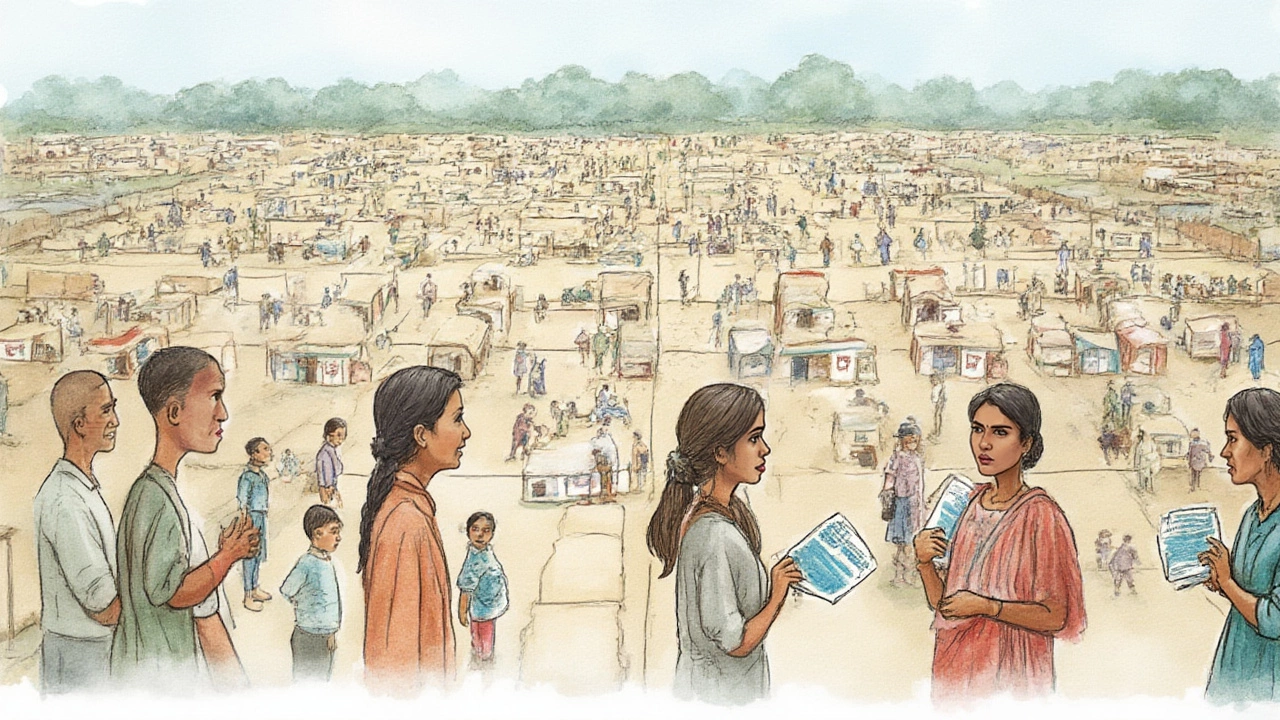
Types of the Most Affordable Housing Solutions
Forget the stereotype: cheap living isn’t always cramped or rundown. Some people hack the system and end up with super creative, surprisingly stylish places for less. Here’s a deep dive into what’s out there—each option comes with its own quirks, challenges, and yes, savings.
- Shared Housing: Roommates are the OG money-saver. Websites like SpareRoom or Facebook groups make it easy to find a spare room—even in expensive zip codes. Don’t just think students; in London, pros in their 30s and 40s split flats just to make rent manageable. In the U.S., co-living spaces (think WeLive or Common) are booming. You get private bedrooms but share kitchens and lounges—prices drop 20-40% below solo apartments.
- Micro Apartments: These pint-sized pads, usually 150–350 sq ft, exploded in cities like Tokyo, Hong Kong, NYC, and Bengaluru. You get all the basics in a space as small as a hotel room. Rent can run 30%–50% below local averages, and young professionals don’t seem to mind trading space for savings—as long as there’s high-speed wifi and laundry on site.
- Manufactured and Mobile Homes: Not glamorous, but crazy affordable. Today’s manufactured homes have legit insulation, appliances, and safety standards. The U.S. median price for a new manufactured home in 2025? Just $92,200, compared to $413,600 for site-built homes. Residents only need to watch for extra fees or land rent.
- Tiny Homes: These are more than social-media eye candy. Liveable tiny homes (under 400 sq ft) can cost $35,000–$90,000 turnkey in 2025, depending on where you put them. Some cities have tiny home villages for veterans or low-income folks, while others fight tooth and nail about zoning. If you’re flexible, go rural—many counties approve tiny homes as an affordable fix.
- Government-Subsidized Housing: For those who qualify, public or Section 8 housing comes with rent caps based on income. In India, PMAY (Pradhan Mantri Awas Yojana) and in the U.S., the Housing Choice Voucher Program help millions. The catch: long waitlists in most urban areas.
- Accessory Dwelling Units (ADUs): Also called “granny flats” or “garage conversions.” Cities like Los Angeles and Portland are making it easier for homeowners to build small units in their backyard. Folks rent these out at discounts, and they're a game-changer for singles or couples who want privacy on a budget.
- Cooperative Housing: Especially big in places like Berlin or Stockholm. Residents own a share of the building, not a unit, and make decisions together—keeping costs down since profits stay in the community.
- Self-Build or DIY Homes: Got time and a little skill? Some buy cheap land and build their own, sometimes from recycled materials (shipping container homes, prefab panels). It’s not always easy—you’ll fight red tape and codes—but you could spend half what a traditional house costs. In 2025, prefab kits can start around $45,000.
So, which is the most affordable housing? Statistically, manufactured homes and micro-apartments are hard to beat for upfront cost. But context matters. In some towns, you can rent a peaceful room for peanuts, while in others you might wait years for subsidized housing to come through—or need a huge down payment for even a tiny flat. The best choice balances your income, job, family size, tolerance for “quirks,” and ability to compromise on space or privacy.
Here’s a snapshot of average 2025 prices:
| Housing Type | Average Monthly Cost | Upfront Cost/Down Payment |
|---|---|---|
| Shared Apartment | $700–$1,200 | $1,400–$2,400 (deposit + fees) |
| Micro Apartment | $900–$1,500 | $1,800–$3,000 |
| Manufactured Home (owning) | $400 (site rent) | $13,000–$18,000 (down) |
| Tiny Home (owning) | $250 (land rent, varies) | $8,000–$18,000 (down) |
| Section 8/Public | Varies, capped at 30% of income | None or minimal |
| ADU Rental | $900–$1,300 | $1,800–$2,800 |
If you’re open-minded and a little creative, there are always ways to avoid breaking the bank for a roof over your head. And sometimes, the weirder the housing, the bigger the savings.

Tips and Realities for Finding Truly Affordable Homes
Affordable housing isn’t just about shelling out less. It’s about playing the long game to avoid debt traps, bad landlords, or unhealthy environments. Here’s what people really learn once they go bargain-hunting for homes in 2025, plus some clever moves to make the search less painful.
- Be flexible with location. You’ll pay a premium to live downtown or close to the best schools. Move a few train stops out, and prices drop by up to 50%. Online tools like Zillow and MagicBricks have “map draw” features to let you compare rent by area—sometimes just moving 2 miles makes a huge dent in cost.
- Don’t ignore older buildings. Shiny towers cost more. Classic walk-ups or older apartment blocks may lack fancy amenities, but they’re budget goldmines. Just check for basic safety—look for working fire alarms, locks, and clean water. In most Indian cities, buildings over 25 years old rent for about 30% less than new construction.
- Leverage social circles. Sometimes your best deals come from friends, not websites. Many tiny homes, room shares, or ADU rentals don't even hit the open market—someone knows someone vacating a spot. Tap into WhatsApp groups, alumni circles, or even put out feelers at work.
- Read the small print. Those “cheap” apartments sometimes pile on extra costs—maintenance fees, parking, or utility bills. Always ask for a detailed cost breakdown before you sign anything, and beware of landlords who won’t put agreements in writing.
- Subsidies and programs exist. Even if you earn more than the official cutoff, you might still qualify for local grants, first-time home-buyer programs, or interest-free loans—especially in smaller towns. Banks in India have started pitching no-down-payment packages for affordable homes to lure new buyers.
- Look out for scam listings. If an offer seems too cheap for the area, google the property and reverse-search images. Fraudulent landlords still prey on desperate renters (especially students and migrants).
- DIY savings matter. Simple upgrades—like adding insulation, using LED lights, or communal buying for internet—cut utility bills a lot over the year. Owners of manufactured or tiny homes save 20% or more just by going energy-efficient.
- Check transport links. Living far from work? Calculate what you’ll actually save after paying for buses, gas, or parking. Sometimes a pricier but central place means more cash in your pocket monthly.
- Negotiate everything. Outside of huge megacities, landlords are open to offers—especially if you’re willing to sign a longer lease, do minor repairs, or pay a few months up front. Don’t just accept the sticker price. In Bengaluru and Dallas, it’s common to shave 5–10% off the asking rent if you come prepared.
- Watch out for hidden rules. Some condos or coops have weird bylaws about guests, pets, or even how you decorate. Get the full guidelines up front, so you’re not stuck with a “bargain” that ruins your lifestyle.
One thing people often forget: the cheapest housing isn’t always best long-term. If you find a micro-apartment that shaves $500/month off your rent, but it’s so cramped you hate going home, you might burn out. On the flip side, folks who’ve gone the tiny home or ADU route, and actually like small-space living, end up way ahead financially.
Ready to hunt? Stay open to choices outside your comfort zone, check out real numbers instead of believing social media brags, and remember—there’s no single right answer for finding most affordable housing. Sometimes the best deals are hiding in plain sight, waiting for the right person to ask the right question at the right moment.

